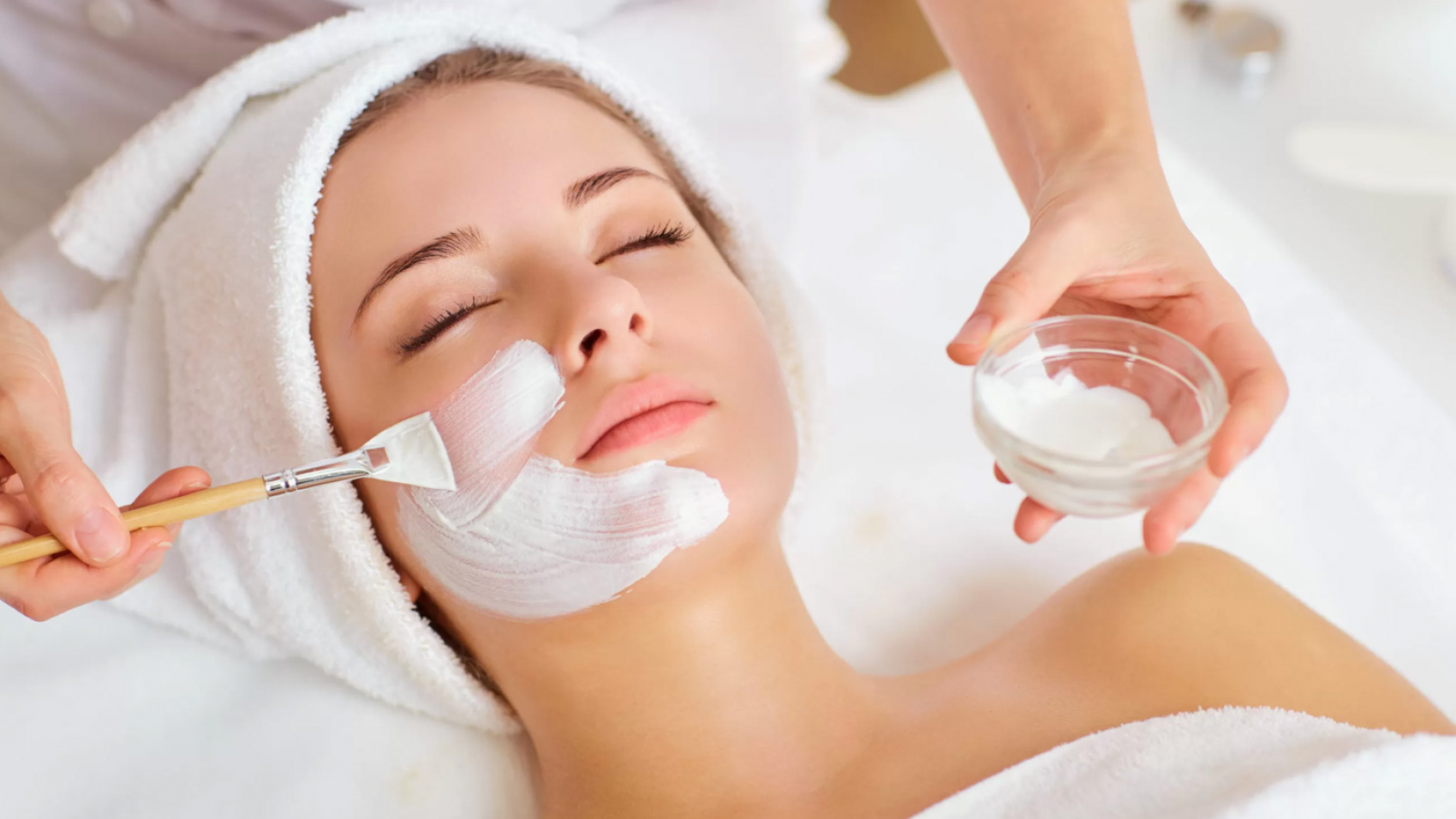A chemical peel is one of the most effective treatments for treating pigmentation, fine lines and wrinkles, acne and dryness.
Done well, it gives excellent results with no setbacks.
But there is a process to follow so that we don’t have unnecessary complications.
- Book a consultation to see if you have any contraindications to the chemical exfoliation.
A consultation is always necessary for more invasive treatments.
We will go through your particular problems, if the chemical peel can improve them and if you have any contraindication for which you cannot undergo the treatment.
2. Perform a patch test 24-72 hours before your chemical
At Avalon Skin Clinic, we don’t like to waste your time. So, we recommend performing the patch test on the same day as your consultation.
Unlike a cosmetic product, which does not penetrate and stays on the surface, the chemical peel penetrates much deeper into the skin.
Once inside the skin, there is no way to stop its activity, so if there is an allergic reaction, it would be a problem, as we would not be able to remove it.
But in a patch test, we will know how your skin reacts to it.
If after 24 hours you don’t see anything, the treatment is safe.
- Prepare your skin for the chemical peel
When performing chemical peels, we have three priorities in mind:
- That nothing unexpected happens.
- That your skin is prepared for a good response.
- That you get the best possible results.
In your patch test, we will ask you to fill a form to find out your exact skin tone based on your eye colour, hair colour and questions such as: does your skin burn easily when exposed to the sun?
This is called Fitzpatrick skin type and goes from I to VI.
And why do we need to know this?
Because for whiter skin types (Fitzpatrick I to III), you’ll need to prepare your skin with the starter kit for two weeks previous to your peeling.
This kit can be purchased in the salon and includes:
- Essential Daily Cleanser
- Essential B5 Hydrating Serum
- Stem Cell Rebuilding Complex
- Essential Moisturizer ZinClear SPF 30
Darker skins (Fitzpatrick IV to VI), need a pigment suppressant in addition to the starter kit, (SkinBrite Cream or Serum). If that’s your case, you’ll need to use it for four weeks before your peeling treatment.
Why do you always need to prepare your skin for a chemical peel?
Because dehydrated skin is very absorbent and can soak up the peel too deeply.
You should also avoid sun exposure for the same reason. Sun damage makes your skin very dry.
Hydrated skins respond better to the peeling.
Maybe that your skin is not dehydrated evenly. Then the product would be absorbed in some parts more than others, giving an uneven result.
And why does darker skin need more care than fair skin when getting a chemical peel?
Darker skins tend to pigment more easily than lighter skins because they have a lot of pigment (melanin).
When this skin type becomes inflamed, melanin is activated, and skin pigmentation is produced as a consequence.
When a chemical peel is applied to the skin inflammation occurs, which is why we need to suppress the pigment before treatment, so that pigmentation does not appear.
With Dermaquest, we have SkinBrite cream and SkinBrite Serum to suppress the pigment.
Do I have to buy your kit even if I have thousands of products at home?
Each brand of chemical peel has its own products that are formulated to work well with its acids.
So even if you are using another cosmeceutical brand, you should still prepare your skin with Dermaquest, the one we use at Avalon Skin Clinic.
This is a prerequisite.
So, let’s the transformation begin.
